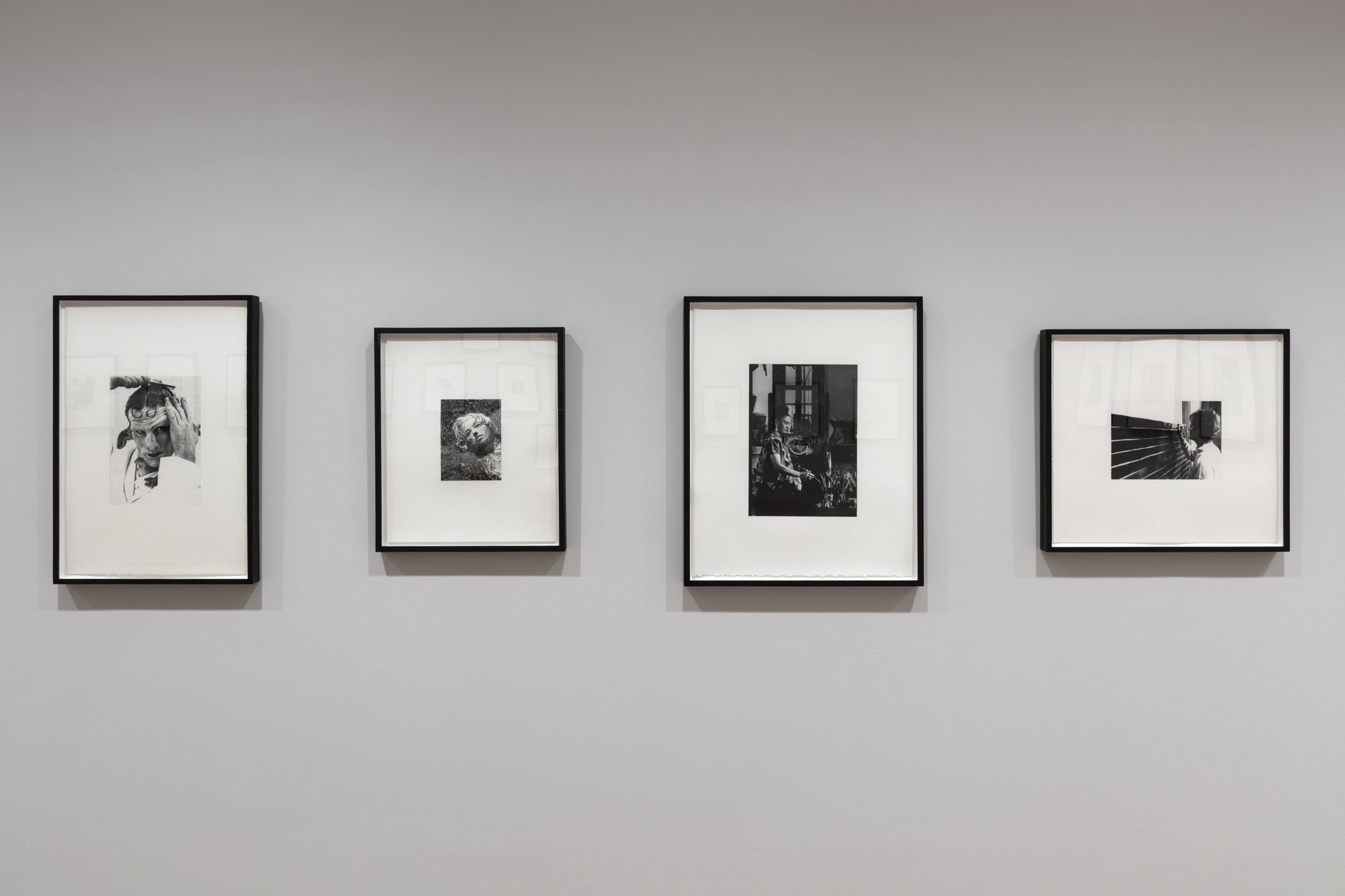Dan Fischer: Drawings, 1999-2021
MAY 1 - AUGUST 13, 2021
“In an initial period, Photography, in order to surprise, photographs the notable; but soon, by a familiar reversal, it decrees notable whatever it photographs. The ‘anything whatever’ then becomes the sophisticated acme of value.”—Roland Barthes, Camera Lucida: Reflections on Photography
Consisting of seventy works spanning from 1999 to 2021, this two-decade survey of Dan Fischer’s grid-based, graphite-on-paper drawings highlights the artist’s iterative exploration of the nature of the photographic medium, mechanical reproduction, and the idea of creating an original copy—a “handmade readymade”[1] or “retro-appropriation.”[2]
Modern and contemporary art history are Fischer’s stock-in-trade and his oeuvre includes high contrast, black-and-white portraits of iconic artists such as Jean-Michel Basquiat, Isamu Noguchi, and Kara Walker; studio images of Piet Mondrian, Bridget Riley, and Frida Kahlo; and images of artworks that have become synonymous with their makers: Duchamp’s Fountain, 1917, Jeff Koons’s Rabbit, 1986, David Wojnarowicz’s Untitled (Face in Dirt), 1991, among many others.
The earliest works in FLAG’s survey include a selection of raster-style drawings from 1999, influenced by his teacher at Alfred University, the sound and video artist Andrew Deutsch, as well as the work of composer, music theorist, artist, and philosopher John Cage. While thematically linked to Fischer’s larger representational practice, these works isolate photographic information in strips against white space to mirror the effect of TV cathode-ray tubes and the vertical delineations known as raster lines.
Working from photocopied images taken from art catalogues, magazines, and other reference materials, Fischer’s drawings are, as described by art historian and curator Robert Hobbs, “Xerox realistic.”[3] Influenced by Marcel Duchamp, Andy Warhol, and the broader history of appropriation and reproduction, Fischer creates a 1:1 ratio between the photocopied source and drawn image through the use of the grid. While the finished drawings appear photorealistic from a distance, upon closer inspection, grid lines and nuances from the graphite pencil impressions remains visible as both a formal and physical reminder of the mechanics of their reproduction.
Fischer said of this process, “the drawings are highly analytical, both formally and conceptually. Line by line, I try to make these past moments of art history come back to life, to be more exotic, or more surreal than they actually were (perhaps all stories are told this way). I try to reproduce the excitement of a special moment or location in art history, and to celebrate the role of artists as myth, or as icon…the intense attention to detail, the touch of graphite on paper, and the passionate rendering of my favorite subjects are the driving forces of the project.”
Fischer’s practice, like all appropriation art, raises questions about originality, authenticity, and authorship, and belongs to the long modernist tradition of art that questions the nature and/or definition of art itself.[4] By conflating mass-produced photographs of art historical significance with the trace effects of an intensely handmade production, Fischer’s drawings operate between subjectivity and objectivity; they create a new situation, and therefore new or alternative meanings for extant images.
About:
Dan Fischer (b. 1977, Brooklyn, NY) is an artist living and working in Babylon, NY. Fischer earned a BFA and a Minor in Art History from the School of Art and Design at Alfred University, Alfred, NY, in 1999. He has mounted solo exhibitions at Derek Eller Gallery, New York, NY; Alison Jacques Gallery, London, UK; and ACME., Los Angeles, CA. Fischer’s work has been featured in recent group exhibitions, including Drawn Together Again, The FLAG Art Foundation, New York, NY (2019); Introspective, BravinLee programs, New York, NY (2016); Year After Year: Drawings from the UBS Art Collection, Galleria d’Arte Moderna, Milan, Italy (2014); Top Drawer: Select Drawings from the High’s Collection, High Museum of Art, Atlanta, GA (2014); among others.
His drawings are included in the collections of The Museum of Modern Art, New York; Whitney Museum of American Art, New York; Tate, London; Los Angeles County Museum of Art; The Museum of Fine Arts, Houston; High Museum of Art, Atlanta; and San Francisco Museum of Modern Art.
Click here for a virtual tour the exhibition by Eazel.
Dan Fischer: Drawings, 1999-2021 was organized by The FLAG Art Foundation and the artist. FLAG would like to acknowledge assistance by Derek Eller Gallery and the following lenders: Beth Rudin DeWoody; Jeanne and Michael Klein; Andrea Krantz and Harvey Sawikin; Barbara and Richard S. Lane; Paul Morris and Samuel Grubman M.D.; Mark Pollack; Fred and Nancy Poses; and other private collections.
Footnotes:
[1] Considine, Liam. “Triumph of the Banal: Merlin Carpenter’s DECADES and the Legacy of the Handmade Readymade.” X-Tra, Spring 2017, Volume IX, Number III.
[2] Smith, Roberta. “Art in Review: Dan Fischer, Unique Forms of Continuity in Space.” The New York Times, December 10, 2009.
[3] Hobbs, Robert. “Dan Fischer: Xerox Realism.” Dan Fischer, Strangelove. Derek Eller Gallery, Inc., 2006.
[4] Definition via Tate’s ‘Art & Artists’ online portal: https://www.tate.org.uk/art/art-terms/a/appropriation
Download Checklist
















